The technical recession in the United States has put more pressure on the Federal Reserve to raise interest rates sharply in the future, but the surge in US stocks in recent days has given some pessimistic expectations for future gains.
Last night, after Powell's speech landed, the US stock market experienced the biggest one-day increase this year.
Last night, the single-day gains of the three major stock indexes of US stocks made a new high this year.
1. Historical Data Shows A Negative Trend After Rise on The Rate Hike Day
You should pay attention to two points,
1) Although $S&P 500(.SPX)$ has risen sharply, the overall trading volume has not increased greatly.
The OBV index is still in the consolidation range and has not broken through.
2) A big rally on the day of the Fed meeting usually means a more volatile future trend.
At the four Fed interest rate meetings this year, most US stocks soared by more than 2%
It shows that the Fed never dared to do something beyond market expectations.
However, if the US stock market rises sharply on the night of interest rate decision, the stock trend of the next day and the next few days are usually not very good.
Bespoke Investment Group, an overseas investment bank, has made a historical statistic:
Since the last century, when $S&P 500(.SPX)$rose by more than 1% on the night of the news. the average increase rate in the next trading day, the next trading week and the next night of interest rate decision was negative: -0.3,-0.09 and-0.54 respectively.
Of course, this figure is only obtained from the statistics of long-term historical data, and the inflation and recession environment encountered this year is rare in a hundred years. We can't apply the above results to the current investment.
So what is the current situation?
2. Futures Indicate a Faster Rate Hike & Decrease Ahead
Let's take a look at the latest interest rate resolution and what Powell said
1. Raise interest rates by 75 basis points,
It is fully in line with expectations and has been thoroughly priced. We have given the market expectations before the meeting:
2. Powell did not give definite guidance on the follow-up interest rate policy, but he had obvious dove tendency.
Although FOMC strongly promised to lower the inflation rate in the United States, he particularly emphasized that
it likely will become appropriate to slow the pace of increases.
If there is nothing wrong with the economy, why did he suddenly propose to slow down the interest rate hike?
Let's take a look at the current pricing of Eurodollar interest rate futures on the Fed's interest rate hike path:
Compared with the price structure in June (yellow), the current price structure of forward Eurodollar futures (green) indicates that the Fedwill raise interest rates faster than expected in June and cut interest rates faster.
In May, the price structure was like this (green)
Obviously, the path of raising interest rates in May is smoother. It can be seen that in the past two months, the market expects to raise interest rates faster, and the subsequent reversal will be faster!
It seems that the market still doesn't believe Powell dares to raise interest rates sharply like a bitmap, and Powell's speech yesterday confirmed the market speculation.
After Powell's speech, the interest rate expectation at the end of this year plunged sharply.
3. The Highest Target For Fed's Rate Hike?
1) The bitmap in June indicates that the peak of neutral interest rate increase is about 3.8%.
2) Interest rate futures are expected to peak at about 3.25% at the end of this year.
3) The 2-year and 10-year US bond yield futures, which are most sensitive to interest rates, fell after raising interest rates last night, indicating that the market thinks that the peak of the 2-year US bond yield is around 3.5%.
There are two interest rate hike meetings in September and November.
If the rate hike really slows down, there will be 50/75 bps in September. No matter which way to raise interest rates, the possibility of 100 basis points is very small.
What's more, at present, the asset management fund has net long positions in 5-year, 10-year and long-term US debt futures, and it is still expanding.
And is the market properly pricing the Fed's actions?
It can't be ruled out that there will be black swans in the future.
But the certain thing is that at the current pricing level, if there is a sharp increase in interest rates by 100 basis points in September, the market will definitely collapse sharply, which Powell definitely doesn't want to see.
4. Technical Recession Makes Agressive Rate Hike Less Possible
The US Department of Commerce has just announced that:
The annualized quarterly rate of real GDP in the second quarter of the United States recorded an initial value of-0. 9%, which was the second consecutive quarter of negative value and entered a "technical recession."
This makes the 2-year US bond yield futures fall even harder, and the current decline has hit 4.03%
Due to the strengthening of recession expectations, there is no reason for the Federal Reserve to raise interest rates sharply in September.
At present, the possibility of CME interest rate futures predicting a 50 basis point interest rate increase in September is 75%.
Where will US stocks go next?
Welcome to share your opinions in the comment section!
$E-mini Nasdaq 100 - main 2209(NQmain)$ $E-mini S&P 500 - main 2209(ESmain)$ $E-mini Dow Jones - main 2209(YMmain)$ $Gold - main 2212(GCmain)$ $Light Crude Oil - main 2208(CLmain)$
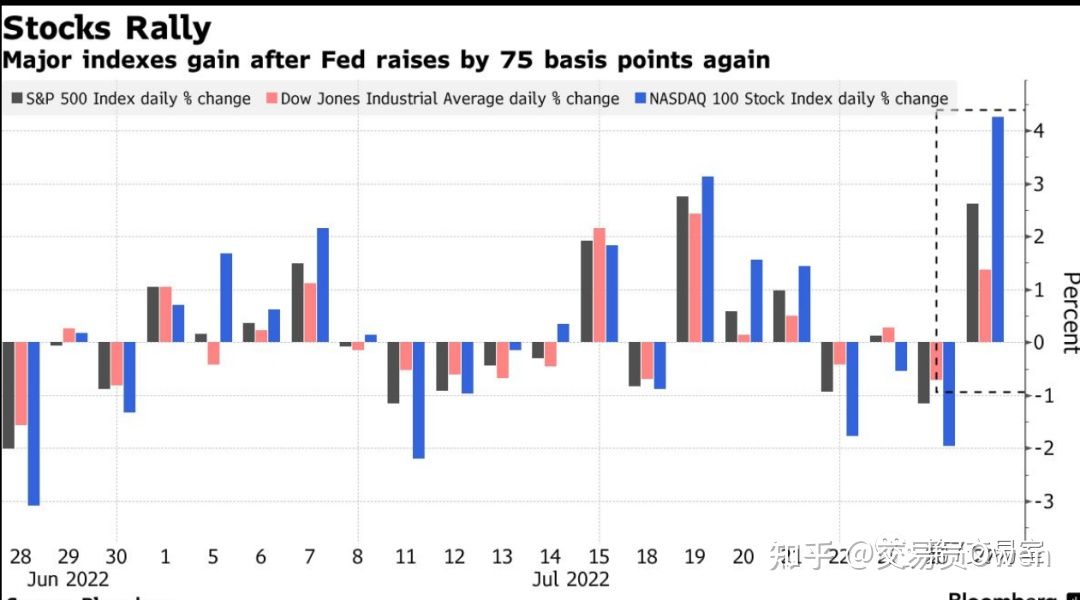
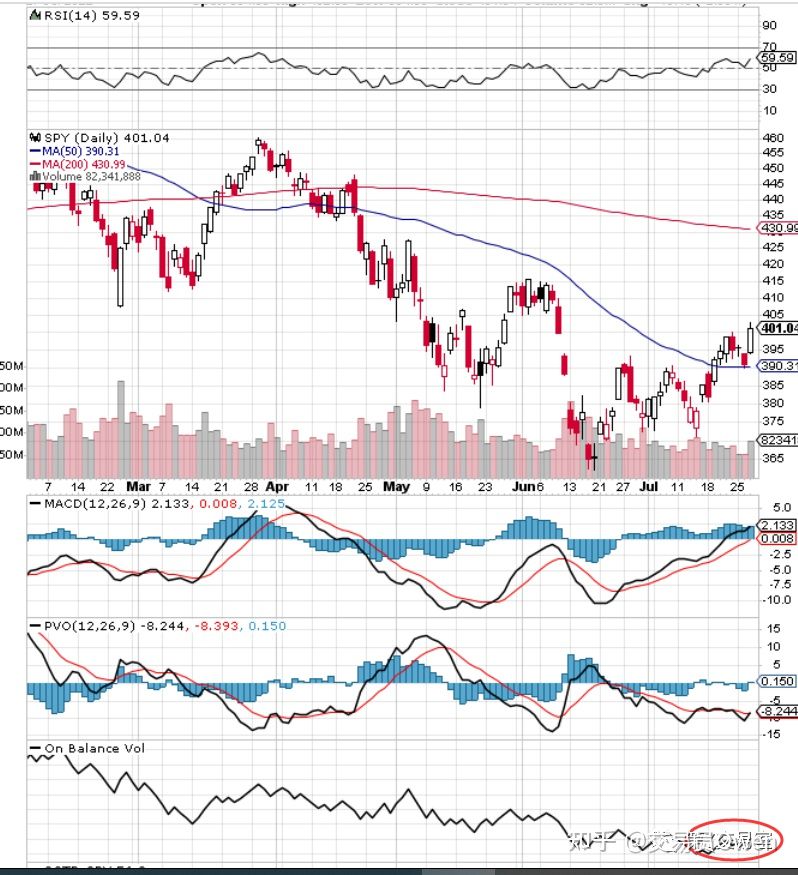
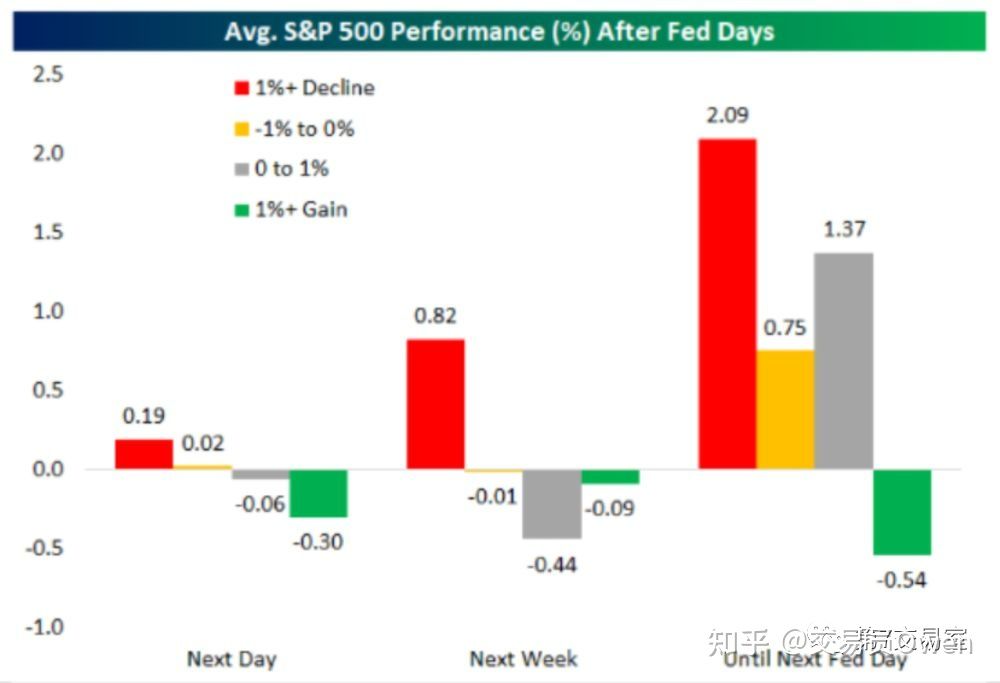
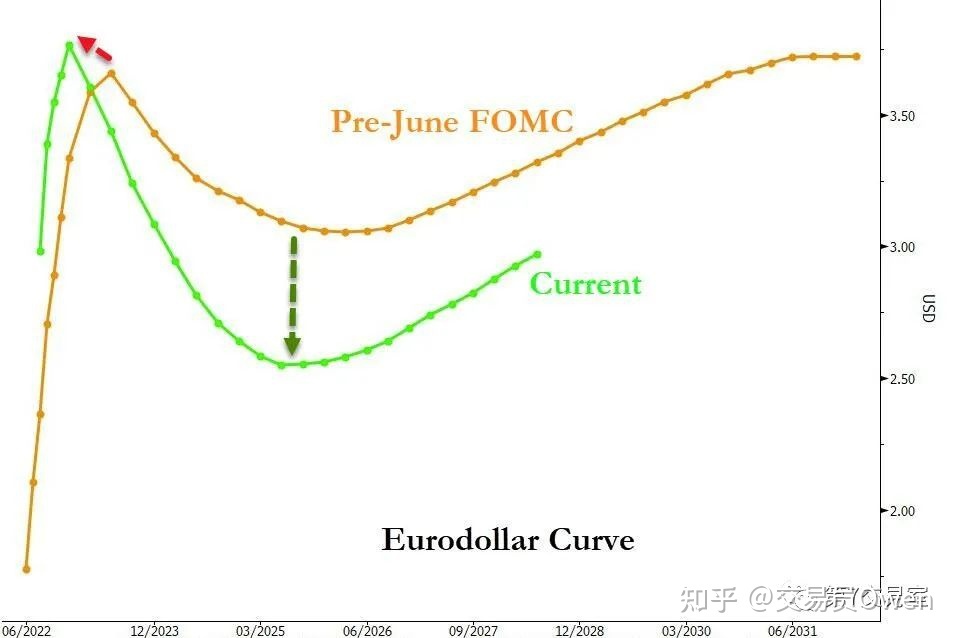
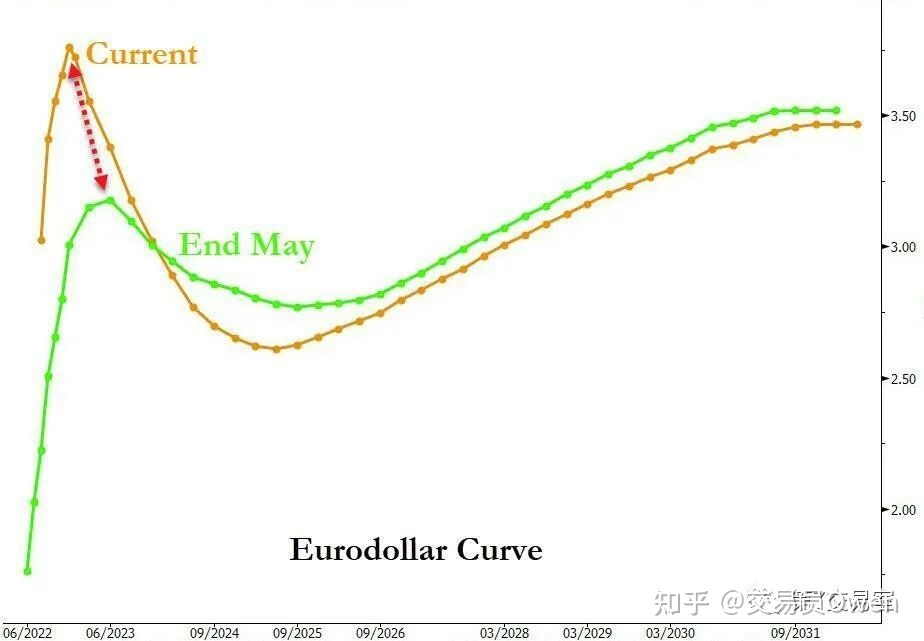
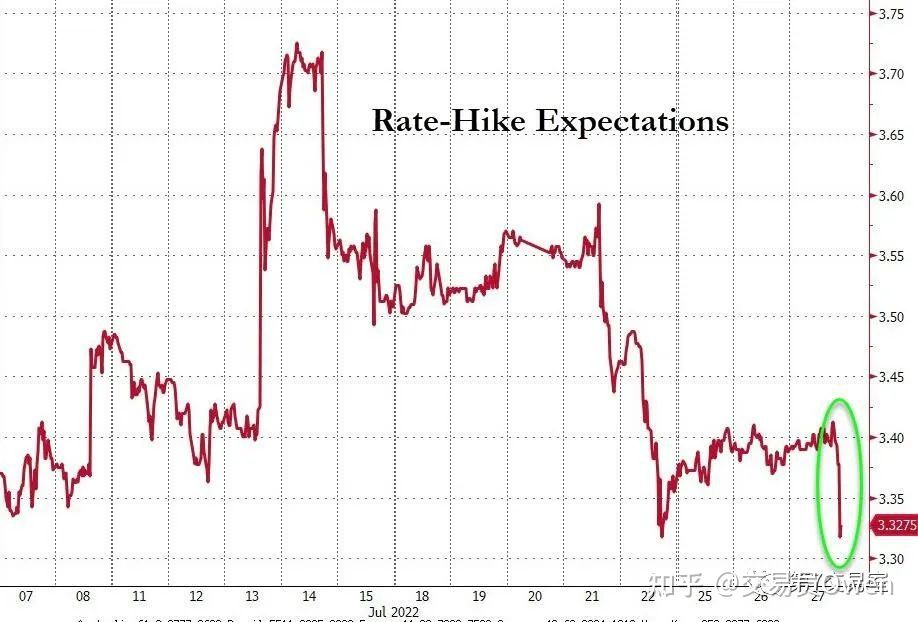
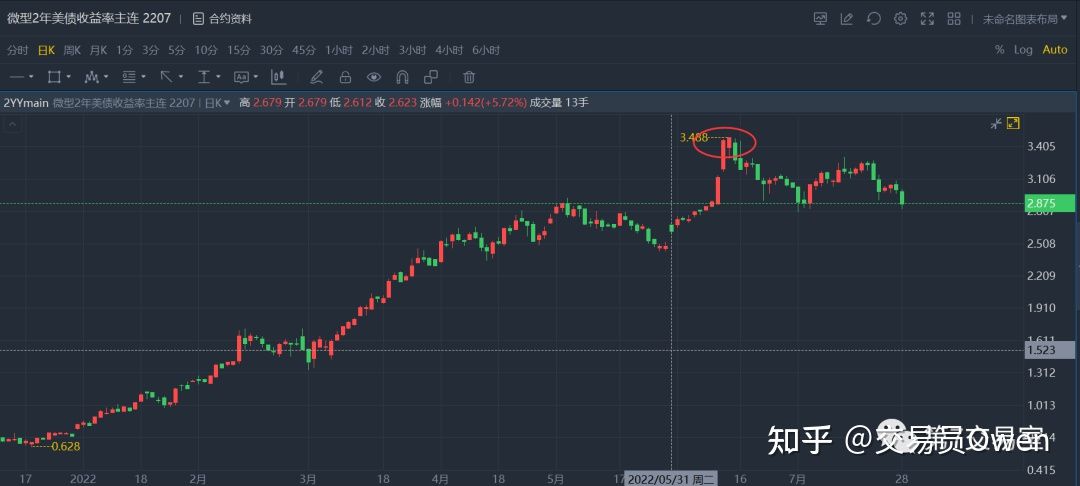
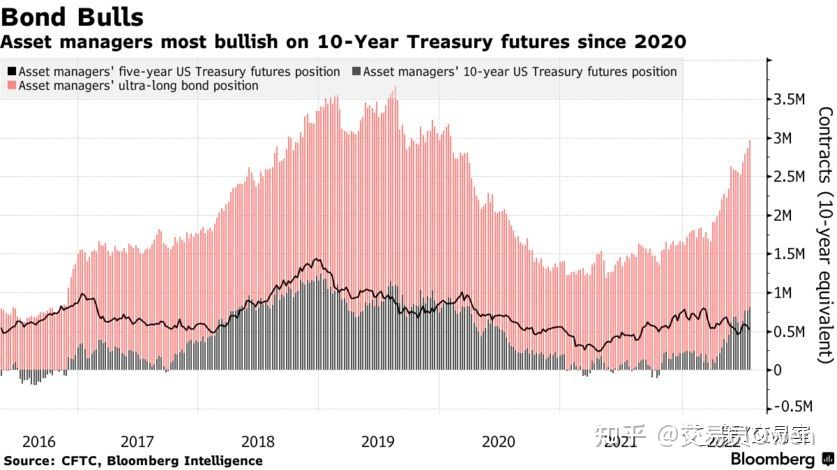
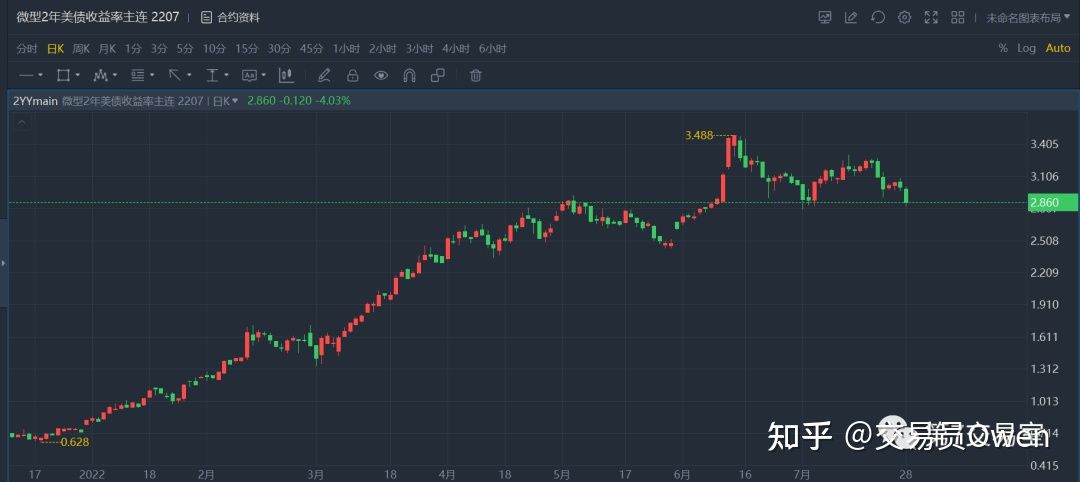
Comments